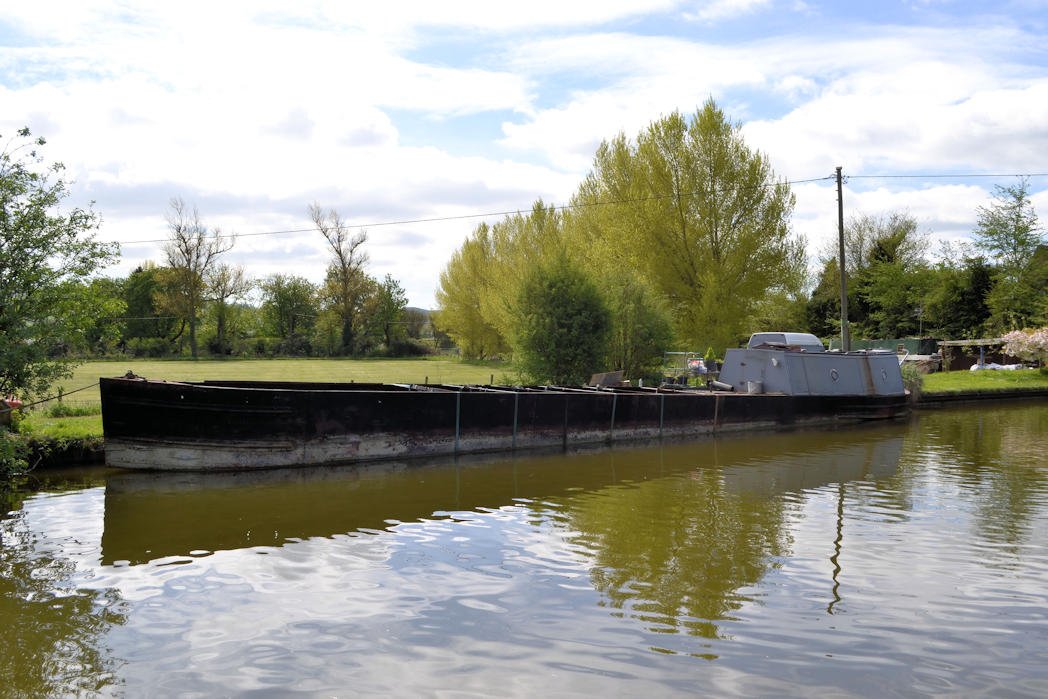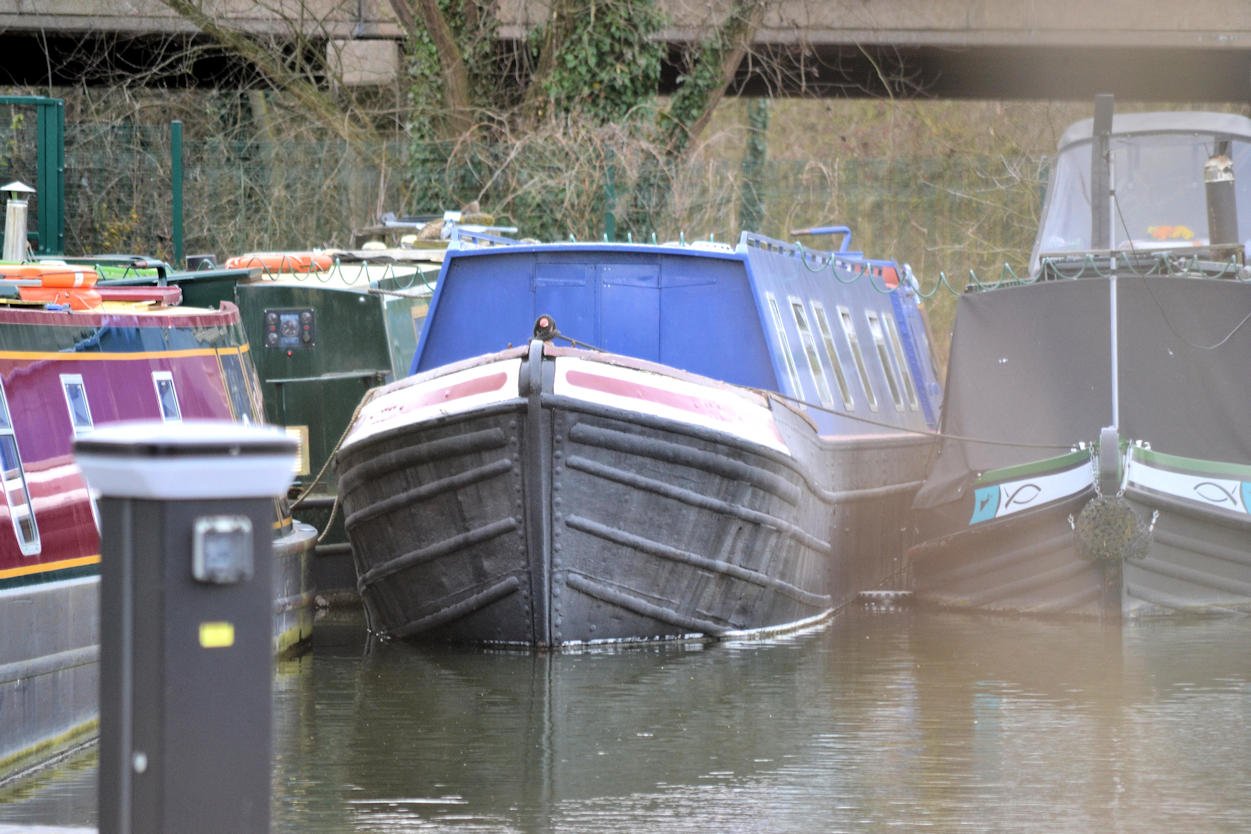-
Posts
52 -
Joined
-
Last visited
Content Type
Profiles
Forums
Events
Gallery
Blogs
Store
Posts posted by RogerM
-
-
-
Brilliant, thanks for that!
-
-
Sma11fry, can I have some of what you're on?
Not another incarnation of Alf Roberts are you?
Oh lord preserve us, not the same Alf Roberts that plagued railway preservation forums with batty ideas about turning a sliver of the Dunstable branch into a heritage railway?
-
-
-
Argon ex-B&MCCC
Many thanks indeed Paul.
-
-
What a retched trick!
Positively nauseating.
-
-
And the next:
http://narrowboats.apolloduck.co.uk/display.phtml?aid=433993
The only 'Blue Top' butty that I have never seen, and unusually I do not have a B.W.B. disposal tender form for.
edit =

"The kitchen is fitted with sick". Rather off-putting

Edit: Athy beat me to it!
-
Ha! I was about to post a picture of that same butty that used to be with Hesperus. Thanks for info on Hardy Ian.
Is the first one the Drake/Taunton??
DanYes I agree it looks like Taunton. The windows on the conversion are very distinctive. Cheers.
-
-
-
His name is Mike. He is the proud new owner of Banstead. Runs his own trip boat in Little Venice and also works on Jason.
I was delighted to see Banstead at Paddington the other day, complete with "The Bargee" lettering. The chap on board, who I now know is Mike, kindly gave me the identity of the butty that was moored up with Banstead, Baron & Ash. A few pics:
https://www.flickr.com/photos/rpmarks/18684590418/in/dateposted/
https://www.flickr.com/photos/rpmarks/18656192239/in/dateposted/
https://www.flickr.com/photos/rpmarks/18837229152/in/photostream/
-
Hobbacott Inclined Plane:
Werrington Inclined Plane:
Restored Rodd's Bridge Lock:
Bude Harbour sand tramway:
-
I suppose I am mildly sceptical about removal/restoration of vessels from Harefield Flash, although there may be exceptions that are viable and worth the effort. More pertinently though, it is imperative that the site is examined and the vessel remains are identified and recorded. The emphasis, in my view needs to be on archaeology above all else, with a conservation strategy that accepts natural degradation, whilst minimising unecessary human destruction of the artefacts. That is the kind of strategy that we've adopted at Purton. Happy to help in any way I can with the above.
-
I have nothing particularly useful to add to this thread, but it is really good to know that THEOPHILUS has been bought by someone who appreciates her historic status.
-
The forum will grab images, just click on the square and arrow icon beside the picture and choose the 'pin' icon.
Thanks for that

-
I think this is the deconverted former "Ash 2", now carrying the name "M.B. Ash". Photographed at Paddington 9th March 2014. The Forum won't grab images from Flickr so I'll have to give URL links instead:
-
Pedant Alert
Or even Yeovil Town (GW/SR Joint I think)
Oh, and Yeovil Pen Mill was GW (on the line from Castle Cary to Dorchester, formerly the Bristol and Weymouth railway)
N
I can't believe I got that wrong. How embarrassing!

My excuse is that whenever I think of Yeovil Pen Mill it brings to mind this picture my dad took there in the early 1960s:
The loco is an ex-Southern one and that is what put me off the scent!
-
The thing that convinced me about the station theory is that (contrary to what has been claimed earlier in this thread) several of the names refer to places that are really quite small villages e.g. Aynho, Calstock, Fulbourne, Padbury, Purton, Seascale, Starcross Staverton etc. That is just a few that I know are small off the top of my head but there are probably more.
Now, if GUCCC had picked the names of 172 towns and cities in Britain then the fact that all of them had a railway station would not be significant. However, they didn't, they compiled a list that contained a significant number of small villages and yet it turns out they still all had a railway station. The odds of accidentally picking villages that all had stations is surely very low. It therefore points to the names having been compiled from a railway directory or some other list of railway stations.
-
Highly unlikely - pre-war photos of the Stanier streamliners passing Berkhamsted signal box clearly show the modern spelling.
One source I have says that the railway adopted the revised spelling as early as the 1860s, which I am suspicious of, but for most purposes, I would say the new spelling had long been the common one, long before any of the Town class coats were built.
I don't know what Bradshaw contained, but did it include London Underground stations ? For the theory to hold up, it would have to have done, wouldn't it ?
So how would a 1937-ish Bradshaw spell "Berkhamsted", I wonder ?
I only suggest Bradshaw as a likely candidate, the names could just as easily have been drawn from individual railway company timetables or maps. I don't doubt the station signs used the modern spelling if you've seen the photographic evidence but that doesn't mean it was spelled that way on every railway document etc. This sort of inconsistency in station spelling has been seen in all sorts of places over the years (Hanborough/Handborough on the Cotswold Line for instance).
It would be interesting to get hold of the Bradshaw for 1937 though

-
Sorry Roger, I don't buy your theory
Many, many places had a railway station. The boats are named after places
Richard
But could you really pick 172 places at random and guarantee every single one has a railway station? It seems very unlikely to me, despite the profusion of stations prior to Beeching.
















Unidentified Boat
in History & Heritage
Posted
Thanks for the info David